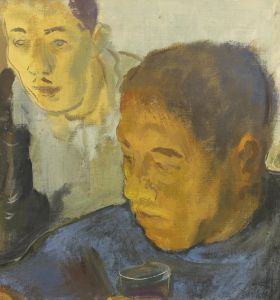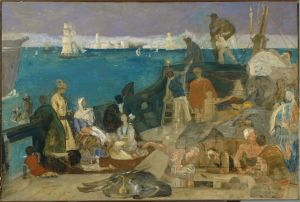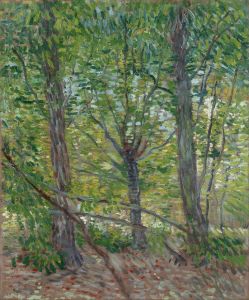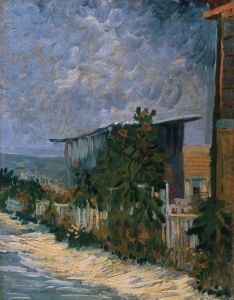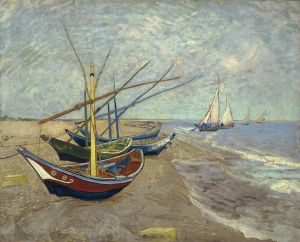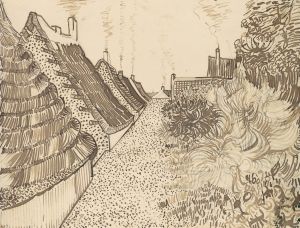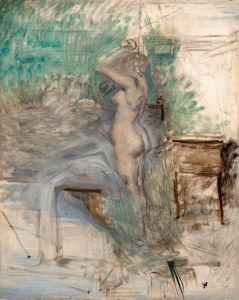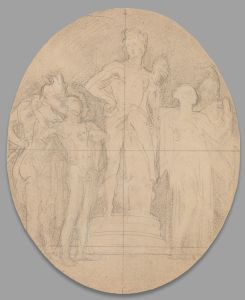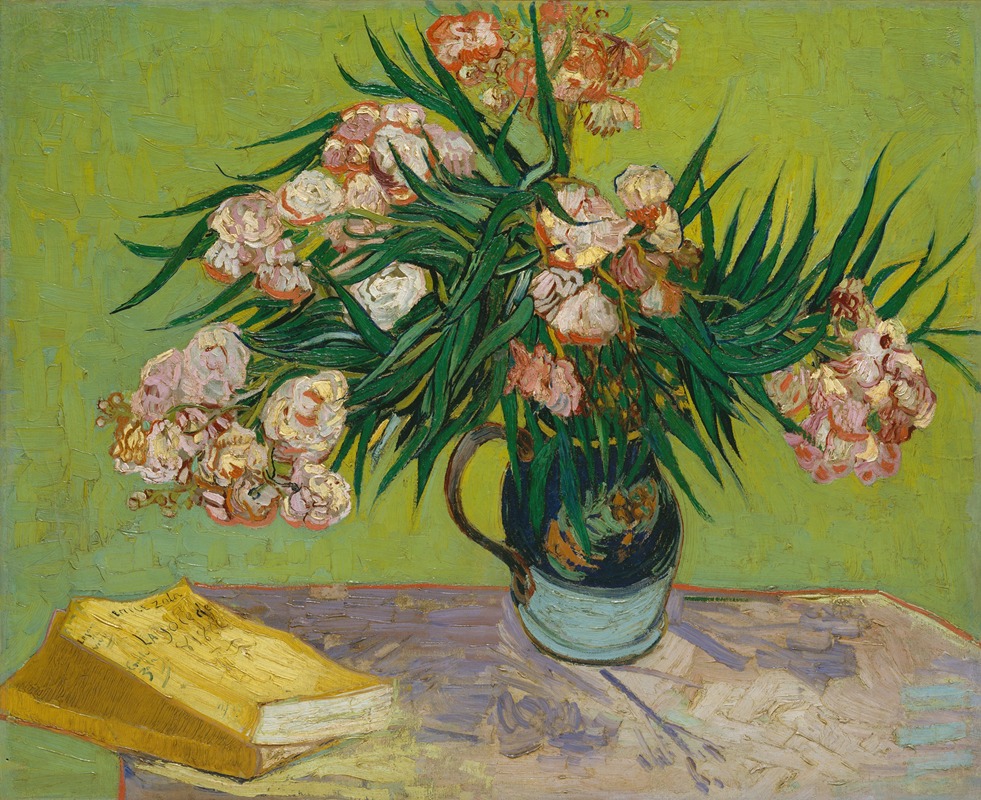
Oleanders
A hand-painted replica of Vincent van Gogh’s masterpiece Oleanders, meticulously crafted by professional artists to capture the true essence of the original. Each piece is created with museum-quality canvas and rare mineral pigments, carefully painted by experienced artists with delicate brushstrokes and rich, layered colors to perfectly recreate the texture of the original artwork. Unlike machine-printed reproductions, this hand-painted version brings the painting to life, infused with the artist’s emotions and skill in every stroke. Whether for personal collection or home decoration, it instantly elevates the artistic atmosphere of any space.
"Oleanders" is a painting by the renowned Dutch artist Vincent van Gogh, created in 1888 during his time in Arles, France. This work is a vibrant still life that captures the beauty and vitality of oleander flowers, a subject that Van Gogh revisited several times in his career. The painting is notable for its bold use of color and expressive brushwork, characteristic of Van Gogh's style during this period.
Van Gogh moved to Arles in February 1888, seeking the bright light and vivid colors of the South of France, which he believed would enhance his artistic expression. It was during this prolific period that he produced some of his most famous works, including "Sunflowers" and "The Bedroom." "Oleanders" fits within this context, showcasing Van Gogh's fascination with the natural world and his ability to convey emotion through color and form.
The painting depicts a vase filled with oleander branches, set against a background of books and a table. The oleanders are rendered in vibrant pinks and greens, contrasting with the more subdued tones of the books and table. Van Gogh's use of thick, swirling brushstrokes adds a sense of movement and life to the flowers, making them appear almost three-dimensional. The composition is carefully balanced, with the flowers occupying the upper portion of the canvas and the books providing a stable base below.
Van Gogh's choice of oleanders as a subject is significant. Oleanders are hardy plants that thrive in the Mediterranean climate, symbolizing resilience and vitality. This choice reflects Van Gogh's own struggles and his desire to find beauty and strength in the world around him. The inclusion of books in the painting may also hold personal significance for Van Gogh, who was an avid reader and often found solace in literature.
"Oleanders" is housed in the Metropolitan Museum of Art in New York City, where it is part of the museum's extensive collection of 19th-century European paintings. The painting is celebrated for its dynamic composition and the emotional intensity that Van Gogh was able to convey through his use of color and form. It remains a testament to Van Gogh's unique vision and his ability to transform everyday subjects into profound works of art.
Throughout his life, Van Gogh struggled with mental health issues, and his time in Arles was both productive and tumultuous. Despite these challenges, he continued to create art that was deeply personal and innovative. "Oleanders" is a reflection of this period in Van Gogh's life, capturing both the beauty he saw in the world and the emotional depth he brought to his work.
In summary, "Oleanders" by Vincent van Gogh is a masterful still life that exemplifies the artist's skill in using color and composition to convey emotion. Created during a pivotal time in his career, the painting is a vibrant celebration of nature and a testament to Van Gogh's enduring legacy as one of the most influential artists of the 19th century.





